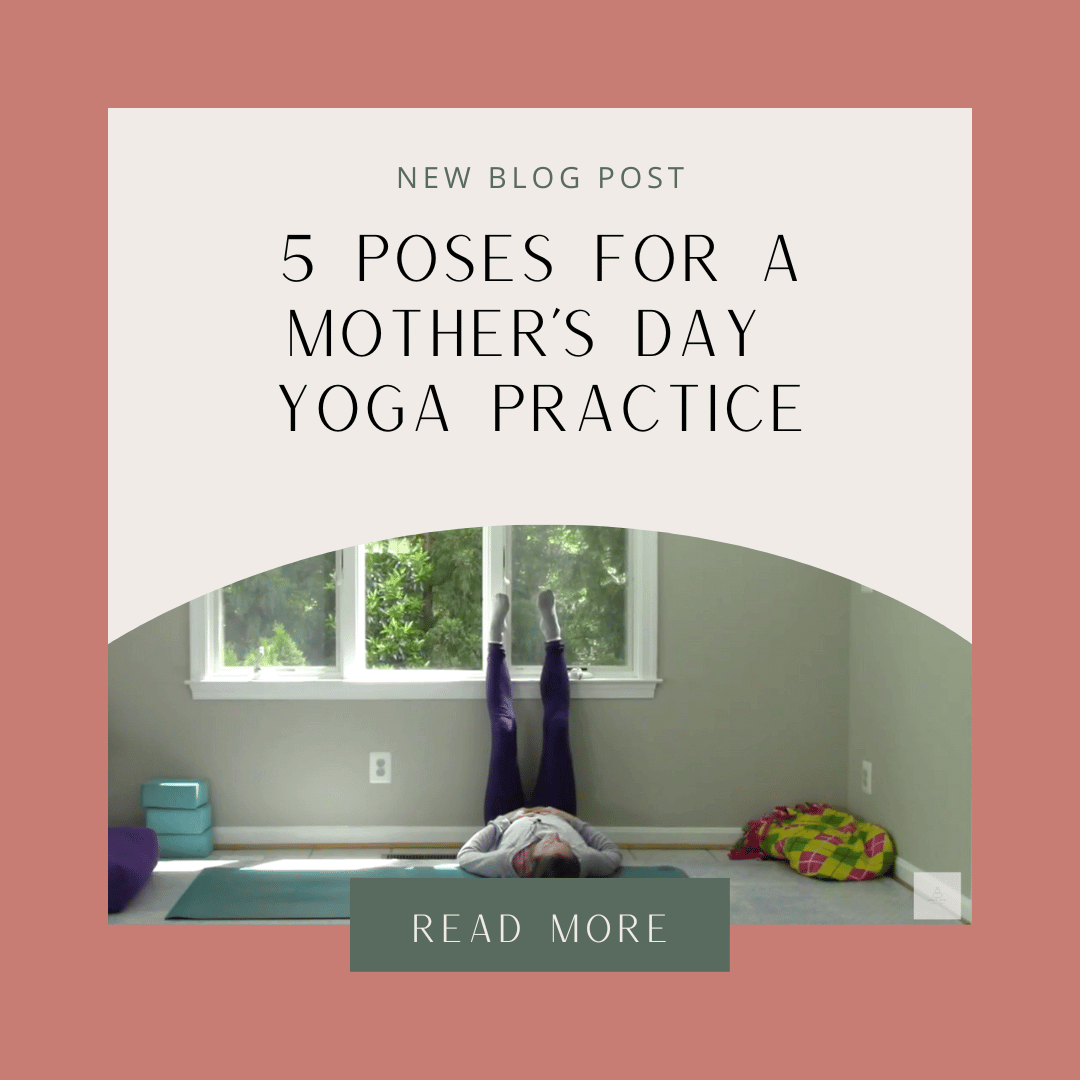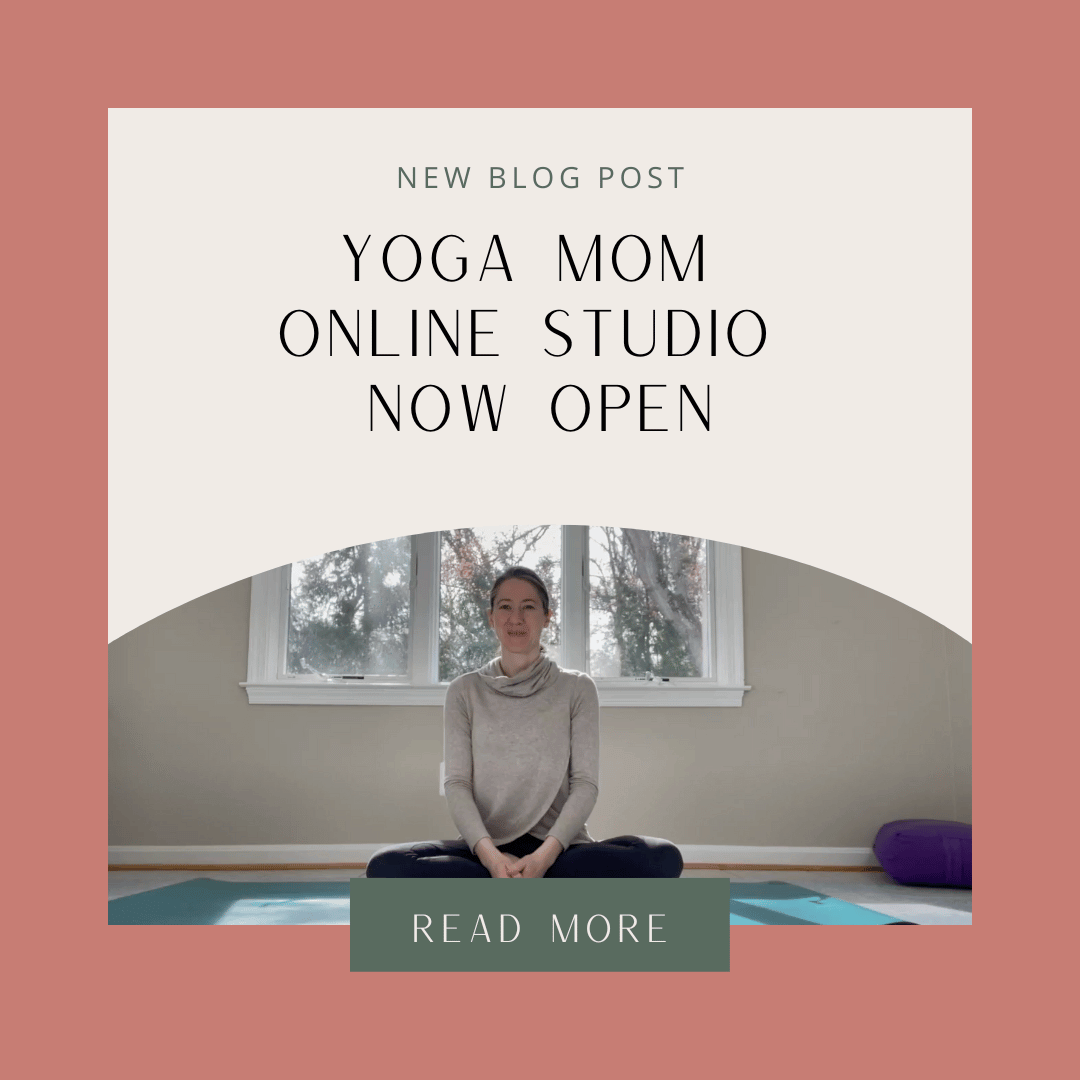The core is a really meaningful part of the body. That’s why I’ve developed a new free core training to help you connect with your core like never before. Let me explain how I define the core.
First, the body is made of many layers. The most external layer of the skin protects the inner layers of fascia, muscle, bone, organs, blood, fluids, etc. In yoga philosophy, there are also multiple states of consciousness. Called the Koshas, yogic thought presents 5 layers of consciousness starting with the most external and moving inward to the most subtle. Those layers are:
- Physical (Annamaya or food layer)
- Energetic (Pranamaya or vital)
- Mental (Manomaya or mind)
- Wisdom (Vijnanamaya or knowledge)
- Bliss (Anandamaya or joy)
To illustrate the importance of the core, let’s explore some different layers.
The physical core
The physical core is located at the “center” of the body. Most energetic frameworks actually place the core of the body around the heart, which is why you often hear the term “heart-center”.
To be centered is to be balanced, grounded, present, and whole. The core is the middle part of the body between the upper and lower parts. Core musculature supports the spine, which helps us move in our daily lives. It also protects the important viscera that transforms, absorbs, and assimilates the food we eat for energy.
The digestive system, sometimes referred to as the second brain, houses the enteric nervous system, a whole ‘nother brain that controls digestion independently(ish) of the organ in our noggin. This is why humans can be “brain-dead” and still live because the enteric nervous system will continue operating the digestive system.
Despite all this anatomical awesomeness, the core also happens to be the physical part of the body people dislike most. Western society emphasizes the sex appeal of 6-pack abs even though super strong 6-pack abs don’t really help you that much in real life. Plus, no matter how hard you work some people genetically can never sculpt them. In fact, you’re better off having a strong transversus abdominus, the innermost cummerbund-like layer of core musculature that protects your insides. Unfortunately, a strong transversus can’t be admired from afar.
Most of us completely ignore our core or work it like crazy to prove to the world we are worthy. This mindset proves problematic when we ascribe our worth to an ever-changing body feature.
It is my belief that to achieve balance in the core we must also practice core softening.
That’s right. Core exercises are great but if you can’t also soften your core you may be preventing your body from taking deep, relaxing breaths. Without the ability to take deep, relaxing breaths you may be screwing with your nervous system’s innate ability to calm the mind. The core may actually be hindering the connection between your body and your mind!
The energetic layer of the core
One layer down, the energy of the core is governed by samana, a swirling energetic force within the body that sets the stage for transformation both physically through the digestion of food and mentally through the digestion of thoughts, emotions, and feelings.
Samana is a prana vayu, or wind of vital energy that animates life force throughout the body. We also have energy moving downward (apana) that governs elimination, energy moving all throughout the body (vyana) that governs movement, energy moving upward between the heart and the throat (prana) that governs breath, and energy moving upward through the crown of the head (udana) that governs thought.
To be in touch with this energy puts us in touch with an inner power and confidence. Action manifests in the core through this energy. Without it, we stagnate. Too much and we burn out. Balancing this energy requires awareness and self-care practices.
The mental layer of the core
At the layer of the mind, the core operates our belief system. I’ve been reading Kelly McGonigal’s latest book the Upside of Stress. In it she explains much of the research around stress and how it’s not the stress that kills you, but how you think about and react to stress that can be damaging to health. It’s fascinating stuff and already changing my relationship to stress, of which there is no shortage 🙂
In the book, she says this about our core beliefs:
“The beliefs that become mindsets transcend preferences, learned facts, or intellectual opinions. They are core beliefs that reflect your philosophy of life. A mindset is usually based on a theory about how the world works…When a mindset gets activated–by a memory, a situation you find yourself in, or a remark someone makes–it sets off a cascade of thoughts, emotions, and goals that shape how you respond to life. This, in turn, can influence long-term outcomes, including health, happiness, and even longevity.”
It’s our core beliefs that end up shaping not only how we view the world, but also how we (re)act in the world. Through our actions, our lives take shape. Change your core beliefs, and you can change your life. But it won’t happen by doing crunches. This inner work takes serious commitment, reflection, and application. In addition, it won’t hurt to throw in a big heaping spoonful of self-compassion.
It is this realm of the core that I’m super interested in exploring these days. Conveniently, Patanjali’s Yoga Sutras help us understand yoga at this level, seeing as Yoga is ultimately a practice of controlling the mind.
The wisdom layer of the core
And now we’re back to the gut. Wisdom in this sense is about trusting our intuition or gut instincts. This inner wisdom is separate from the knowledge we gain from reading books. Wisdom is knowledge gained through experience in the world.
In the Yoga Sutras, Patanjali explains that right knowledge mainly comes from direct experience. To access this deep layer of inner wisdom, we must be both willing to act and reflect. Ultimately, upon reflection, we must also be willing to surrender to the universe. You can think of this surrender as the “softening” of the wisdom layer of the core. This is called Kriya Yoga. For this, we must be present.
The bliss layer of the core
At the most subtle layer, the experience of the core is unique to each individual. As we learn to find the balance of strength and softness in the physical core, as we continue to find a healthy balance of transformation and take meaningful action in our lives, as we tend to our core beliefs and keep them healthy so they can sustain us, and as we learn to trust our gut, we show up as more balanced, healthy, engaged versions of ourselves.
This best version of ourself is also the best sign of a healthy, strong relationship to core.
Free Core Training
What I’ve described above is how I define and see the core. I want to help you start this journey for yourself. That’s why I’ve created a free mini core training. In this new mini course, you’ll have access to:
- A core training routine to develop balanced strength
- A practice to soften your core and tone your diaphragm, helping you take deeper breaths
- A workbook that helps you identify and reflect on your core beliefs and values
- A guided visualization/meditation to tap you into your inner core energy
All of this is completely free to you when you sign up for a free account in my online yoga studio. Just make sure you register for the Free Mini Training :: Core once you login (you won’t have to pay for this one, but you do have to sign up for each individual course or event just like you would sign up for each class you take at a brick and mortar studio).
I hope you have an exciting, balanced, transformative journey connecting with your core!
Namaste.





